FINDING HOPE THROUGH DESPAIR
Syrian director details her journey creating Nezouh
Words Sean Stillmaker
The sound of bombing echoes through the city of Damascus as the Syrian conflict continues. Nezouh, the latest film by award winning Syrian director Soudade Kaadan is inspired by several families and lived experiences from Syria.
The story follows 14-year-old Zeina (played by Hala Zein, making her acting debut) and her family in war torn Damascus as they remain the last of the town’s inhabitants. Suddenly a missile strikes their home, creating a gaping hole that exposes them to the outside world, whilst sending a foreboding omen.
As violence escalates, pressure mounts for the family to evacuate. However, Zeina’s father, Mutaz (played by Samer al Masri), resolutely opposes abandoning their besieged home, rejecting the uncertain life of a refugee. Confronted with a life-or-death dilemma, Zeina and her mother, Hala (played by Kinda Alloush) must make an agonising decision of whether to stay or venture into the unknown.
For Soudade, bringing this feature to life has been a near decade process. Her career started with two feature documentaries and began working on Nezouh, whilst simultaneously preparing her feature film debut, The Day I Lost My Shadow, which she was awarded Best Debut Film at the 2018 Venice Film Festival.
After Nezouh’s screening at the BFI London Film Festival, we sat down with Soudade to learn more about her journey creating this film.
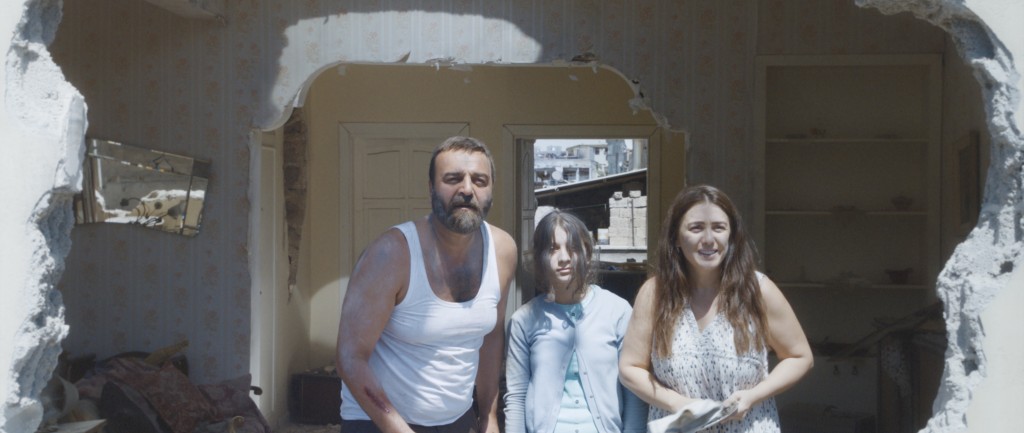
When did you start working on Nezouh?
I started working on it in 2013, just when I moved with my sister to Lebanon from Syria. Since it takes a long time to make a first film, during this time I was writing on Nezouh and preparing my first film, The Day I Lost My Shadow. So it was a back-and-forth, and if the first film was talking about trauma, because I wrote it in 2011 in Syria, I didn’t want to leave Syria before writing the script. Once I left, and I went to Beirut to write, and you try to process the trauma, gradually you see the hope and light in your life and what happened to your society.
The Arabic translation of ‘nezouh’ is displacement of souls and people. What’s the inspiration behind the film’s name?
I started to see ‘nezouh’. I started to see all the hope and light that happened in our society, even in the most horrific situations. That’s why the title I kept it in Arabic, because it’s about light and water and people moving; it’s not only about displacement, democracy; it’s something more poetic about something more hopeful in our situation.
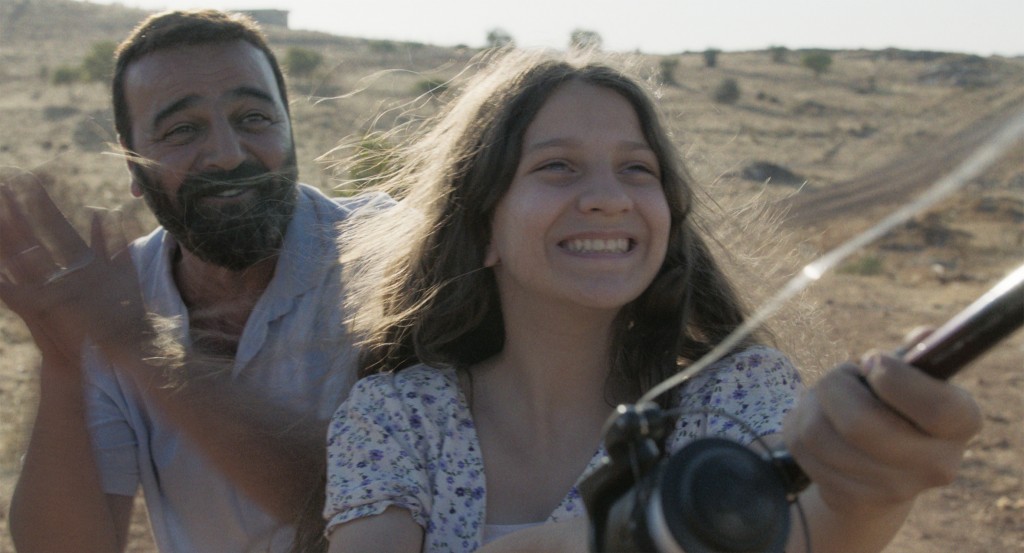
Was bringing fable and magical realist elements in the film always part of your cinematic language?
I think somehow magic realism comes to my language, if a part of it is to take a decision of not doing this and suddenly it finds its way, and then it’s like you just surrender. This is how I tell stories — I like to mix reality, fiction, documentary, my background and magic realism. It’s always those three layers going together in my films. To be honest, the first draft of the script I sent it to activists in Syria to see if it’s authentic in every detail, even if a Syrian had told us, because he wanted to see every detail is working perfectly, even if it’s fabled and can’t be filmed, but still it should be anchored in reality.
Do you prefer working in fiction over documentary?
I started as a documentary filmmaker and you will see it in my work all the time. You see it in my work because if you see the cast besides the two main actors, everyone is a first-time actor. It’s amateur people who lived through the war, and I do a lot of huge work on casting because it’s my documentary background that I believe in the human being — not only the actor who lives the war.
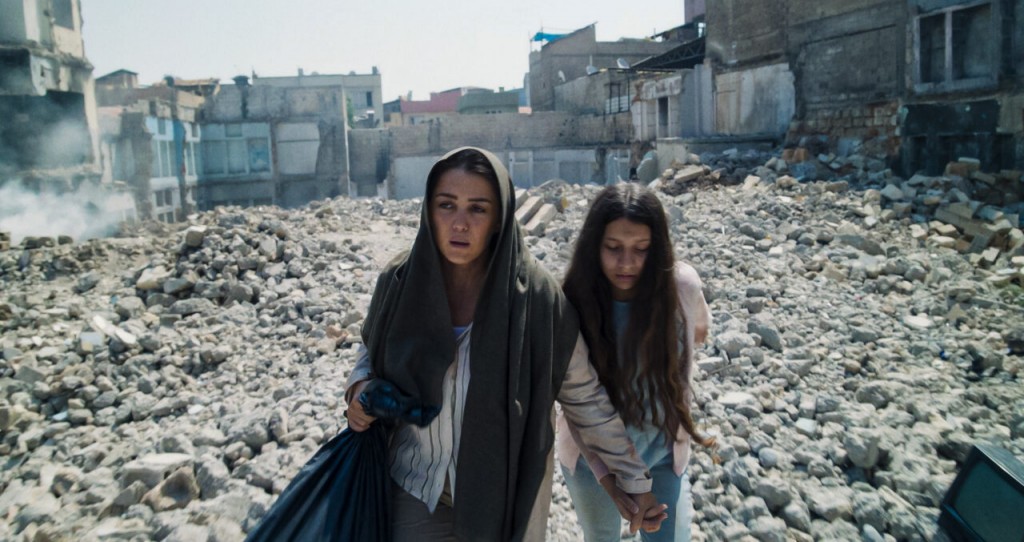
You have a mix of experienced and inexperienced actors in the cast. How did they support each other?
I have an amazing actor, Samer, who is great at improvisation. He’s an actor of theatre and Tv, so he will work a lot of street theatre or improvisation here, and he did amazing. I gave a lot of space for the actor, but the kids were amazing in improvisation because the kids like to play, and for me as a director, I have only one rule in shooting, ‘you don’t cut, you don’t go out of the character.’
Can you talk about the set design and building of the sets?
We shot in Gaziantep, which is at the border between Syria and Turkey. It’s a place which is destroyed by neglect, not by bombing. It’s poor; it’s the first point Syrian refugees go to when arriving into Turkey. They have a lot of places destroyed already, but if you see it, it’s impressive to see that they still don’t look ravaged by war. So when you have this feeling, like it should look authentic, it should look like a war in Syria, we all, with the team, the production designer, our department and me, working to make it look like a war, ravaged by war, by bombing Syria. Then 30% is VFX, which is huge, and the VFX team is so amazing.
This interview has been edited and condensed.
Related Reading




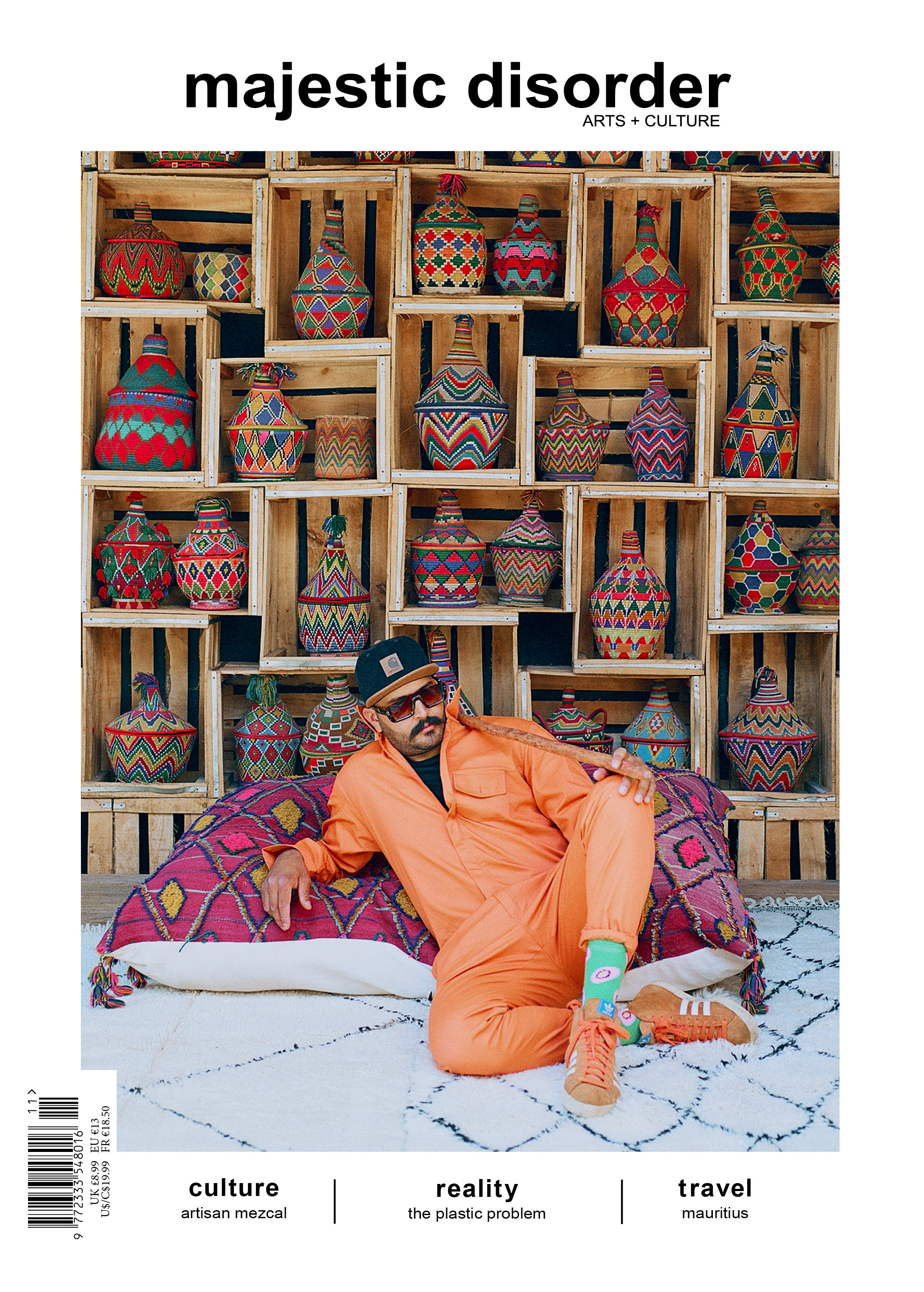
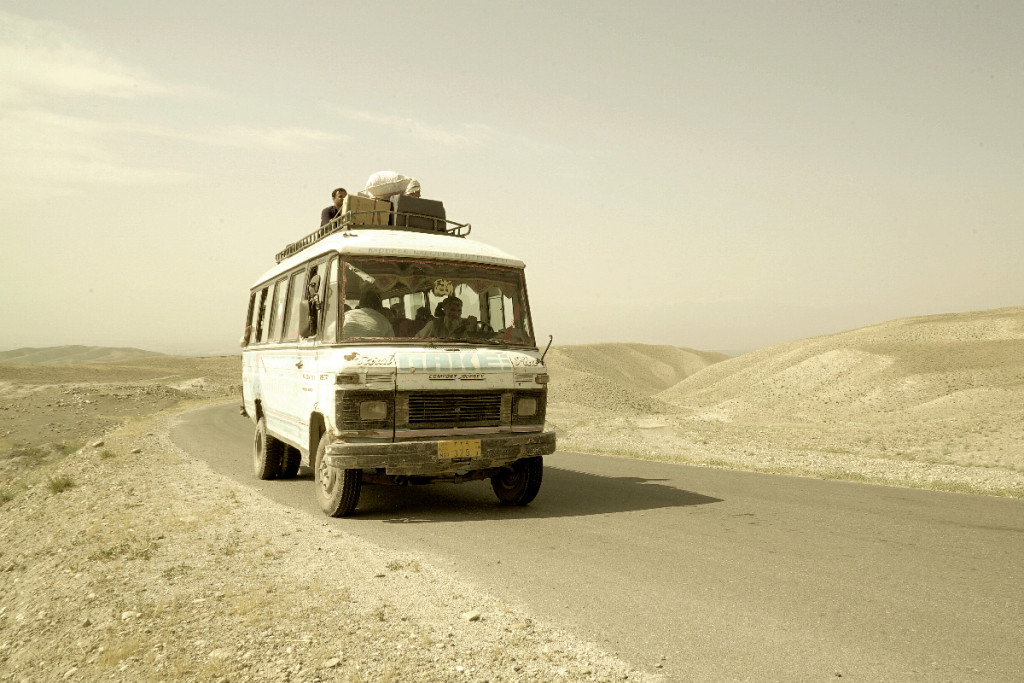
 @majesticdisorder
@majesticdisorder